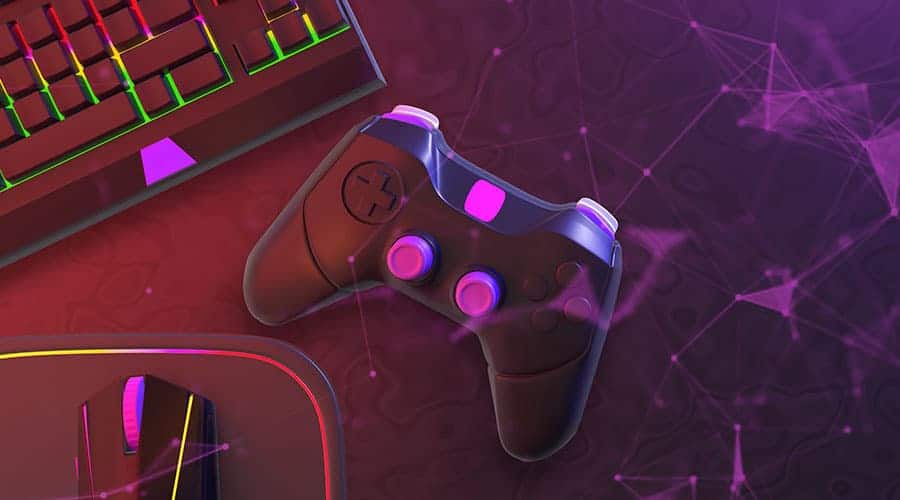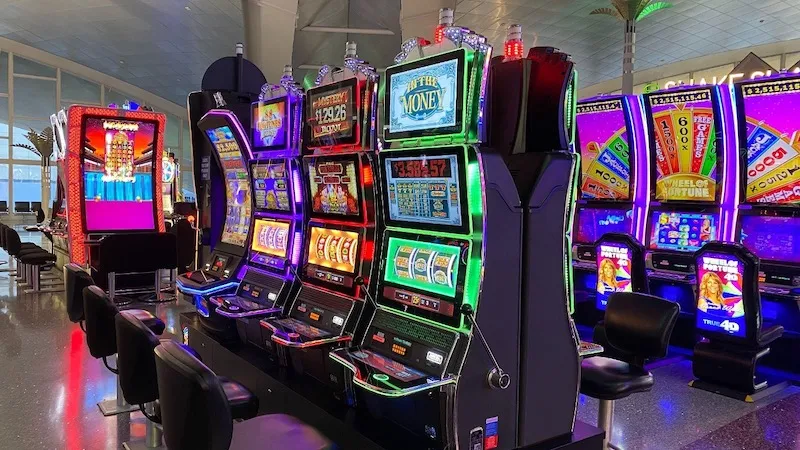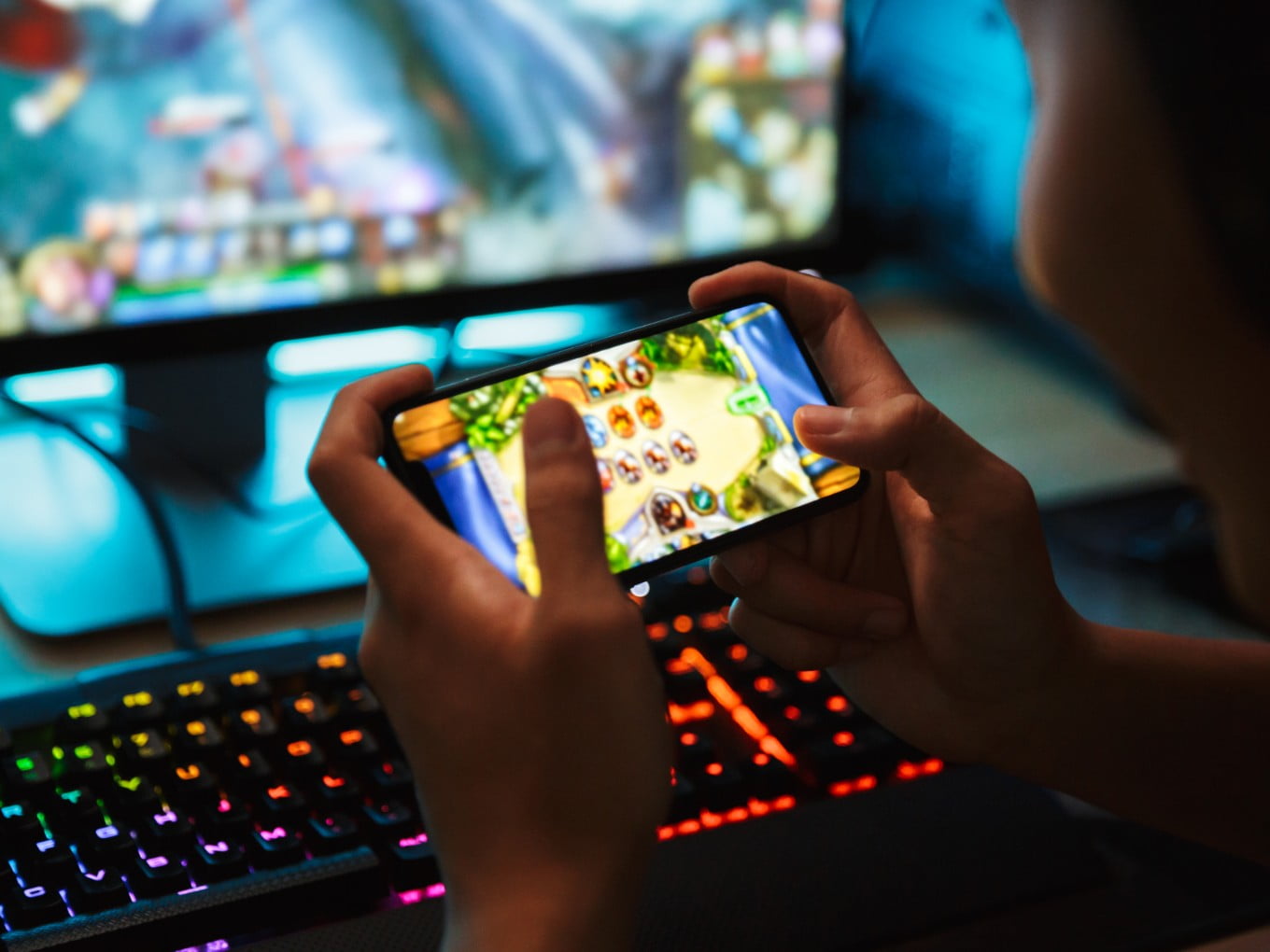
AI in Education: How Gaming is Shaping the Future of Learning
In recent years, the integration of artificial intelligence (AI) into various sectors has revolutionized the way we live, work, and learn. One domain where AI is making significant strides is education, with the emergence of innovative technologies that aim to enhance the learning experience. Among these technologies, gaming stands out as a powerful tool that not only captivates students’ attention but also leverages AI to tailor educational experiences to individual needs.
In this blog post, we will explore the intersection of AI, gaming, and education, and how this dynamic trio is shaping the future of learning.
The Power of Gamification:
Gamification, the application of game elements in non-game contexts, has gained popularity in education for its ability to engage and motivate students. AI-powered educational slot terbaru games take this concept to the next level by personalizing the learning experience, adapting to individual students’ strengths and weaknesses. These games leverage algorithms to analyze students’ performance, identify areas of improvement, and dynamically adjust the difficulty level to ensure an optimal learning curve.
Adaptive Learning with AI:
Traditional one-size-fits-all teaching methods are gradually giving way to adaptive learning, where AI plays a pivotal role. Educational games powered by AI algorithms can assess a student’s current knowledge level, learning style, and pace, creating a customized learning path. This adaptability ensures that students receive content that is challenging enough to stimulate learning but not so difficult as to cause frustration. As a result, each student progresses at their own pace, fostering a more inclusive and effective learning environment.
Personalized Feedback and Assessment:
One of the key advantages of AI in educational gaming is its ability to provide instant and personalized feedback. AI algorithms can analyze students’ responses in real-time, offering detailed insights into their strengths and weaknesses. This immediate feedback not only reinforces learning but also allows educators to identify areas that may require additional attention. Moreover, the data generated by these AI systems enables a more holistic assessment of a student’s abilities, moving beyond traditional exam scores to a more comprehensive understanding of their learning journey.
Enhancing Creativity and Critical Thinking:
Educational games often simulate real-world scenarios, encouraging students to apply their knowledge in practical situations. AI-driven games can create dynamic and complex environments that require creative problem-solving and critical thinking skills. As students navigate through these virtual challenges, they develop the ability to think on their feet, make decisions, and analyze outcomes—a set of skills crucial for success in the rapidly evolving job market.
Collaborative Learning in Virtual Spaces:
AI-powered educational games also facilitate collaborative learning by creating virtual spaces where students can interact, share ideas, and work together on projects. These collaborative experiences mimic the teamwork required in many professional settings, preparing students for future workplace dynamics. AI algorithms can monitor and assess group dynamics, offering insights into each student’s contribution and collaboration skills.
Addressing Learning Disabilities:
AI in educational gaming holds immense potential in addressing the needs of students with learning disabilities. These games can be adapted to provide specialized support, catering to individual learning styles and offering targeted interventions. For example, a game could adjust its interface, pacing, or content to accommodate a student with dyslexia or ADHD, ensuring a more inclusive learning experience for all.
Real-time Analytics for Educators:
Educators benefit significantly from the integration of AI in educational gaming through real-time analytics. These analytics provide teachers with valuable insights into students’ progress, allowing for timely interventions and adjustments to teaching strategies. By understanding each student’s learning journey, educators can tailor their approach, providing additional support where needed and challenging students who are ready for more advanced concepts.
Challenges and Ethical Considerations:
While the integration of AI in education brings about numerous benefits, it also raises important challenges and ethical considerations. Privacy concerns, data security, and the potential for algorithmic bias are critical issues that must be addressed to ensure the responsible use of AI in educational settings. Striking the right balance between innovation and ethical considerations is essential to create a learning environment that maximizes the advantages of AI while minimizing potential risks.
The Future Landscape of AI in Education:
As technology continues to advance, the future of AI in education looks promising. The integration of AI-powered educational games is likely to become more widespread, providing students with immersive, personalized, and dynamic learning experiences. Moreover, as AI algorithms become more sophisticated, they will continue to adapt and evolve, offering an even higher level of customization and efficiency in education.
Conclusion:
The convergence of AI, gaming, and education is reshaping the future of learning in unprecedented ways. Educational games powered by AI have the potential to revolutionize the traditional classroom model, offering personalized, adaptive, and engaging experiences for students. As we navigate the challenges and ethical considerations associated with this technological shift, it is crucial to prioritize responsible and inclusive practices to ensure that AI in education truly fulfills its promise of preparing students for the complex challenges of the 21st century. The future of learning is dynamic, personalized, and AI-driven, opening new doors of opportunity for students around the world.








